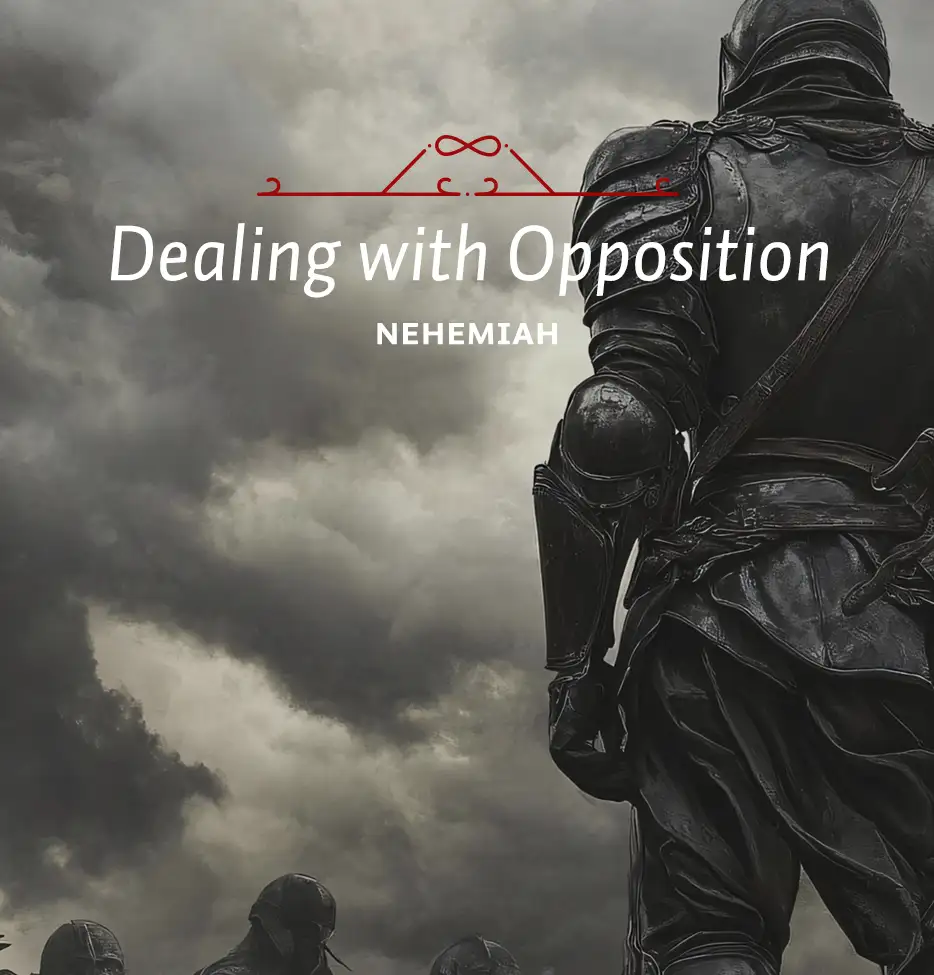The larger second half of Nehemiah 4 contains a second form of opposition to the governor’s work, the threat of physical violence. Nehemiah introduces the problem in verses 7 and 8 and describes how he met it in verses 9-23. The introductory verses say, “But when Sanballat, Tobiah, the Arabs, the Ammonites and the men of Ashdod heard that the repairs to Jerusalem’s walls had gone ahead and that the gaps were being closed, they were very angry. They all plotted together to come and fight against Jerusalem and stir up trouble against it.”
Three things need to be seen to appreciate the force of this second form of opposition. We will consider the first two today.
1. It came at a low point in the people’s circumstances, when they were tired. The people had been working with all their heart, as Nehemiah records (v. 6). The wall had reached half its height. But there was still half of the wall to go, and the strength and resolve of the people were already beginning to give out. We see this in the report of the people of Judah, recorded in verse 10: “The strength of the laborers is giving out, and there is so much rubble that we cannot rebuild the wall.”
Haven’t you felt that kind of discouragement yourself when you were in the middle of a particularly demanding job? I have. I often feel it when I am in the middle of writing a sermon. In fact, I have a term for it. I say to myself that I have “bogged,” meaning that I have bogged down. It is because the process of preparing a sermon is mentally and emotionally draining, and I frequently reach a point at which I no longer want to go on. If when I am feeling like that I should receive an additional threat from outside, the combination of tiredness and fear or anxiety could easily make me stop what I am doing. We can fight against one enemy on one front, but it is hard to fight against two (or more) enemies simultaneously.
2. It came from powerful foes. There are now four distinct groups opposing Nehemiah: 1) Sanballat of Samaria, 2) Tobiah of Ammon and his people, 3) the Arabs, and 4) the men of Ashdod. In other words, the opposition was not going away just because Nehemiah had prayed about it. On the contrary, it was increasing and it was threatening. To realize the full force of this threat we need to visualize it geographically. Samaria was to the north. Ammon was to the east. The Arabs were to the south. The people of Ashdod (or Philistia) were to the west. In other words, the opposition of Sanballat and Tobiah was now a coalition of those who together entirely surrounded Jerusalem.
Moreover, they were doing two things: 1) they were plotting (v. 8); and 2) they were threatening the Jews (v. 11). “Before they know it or see us, we will be right there among them and will kill them and put an end to the work.”






